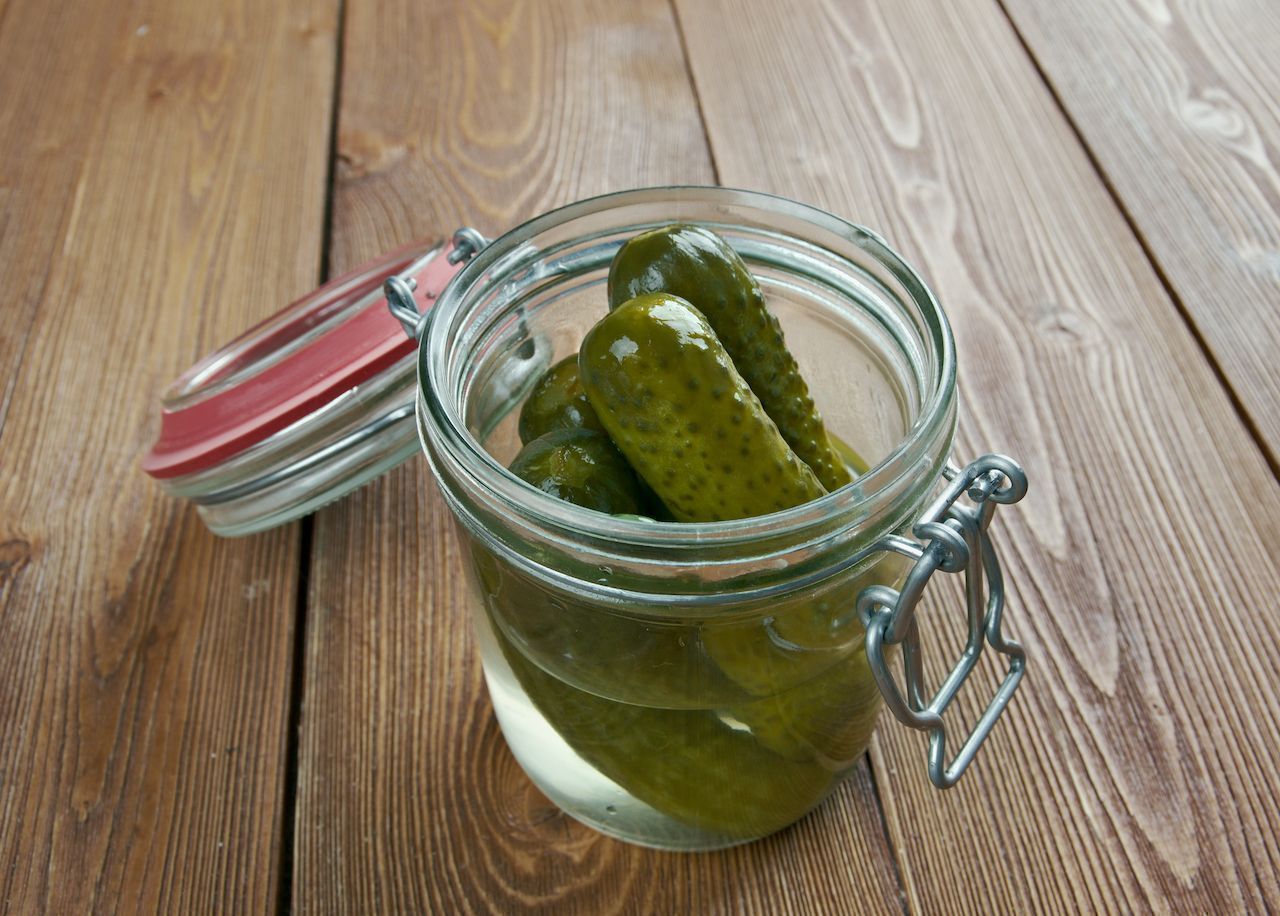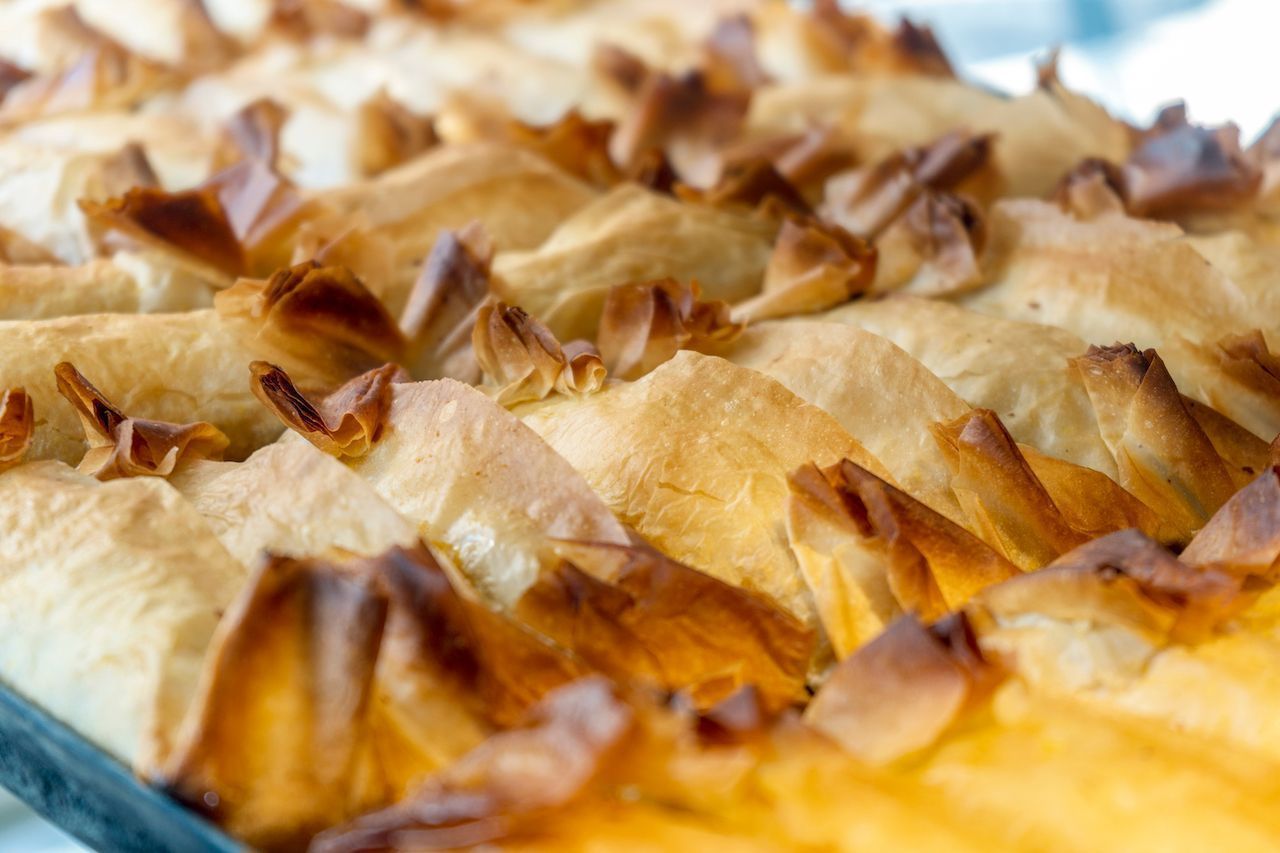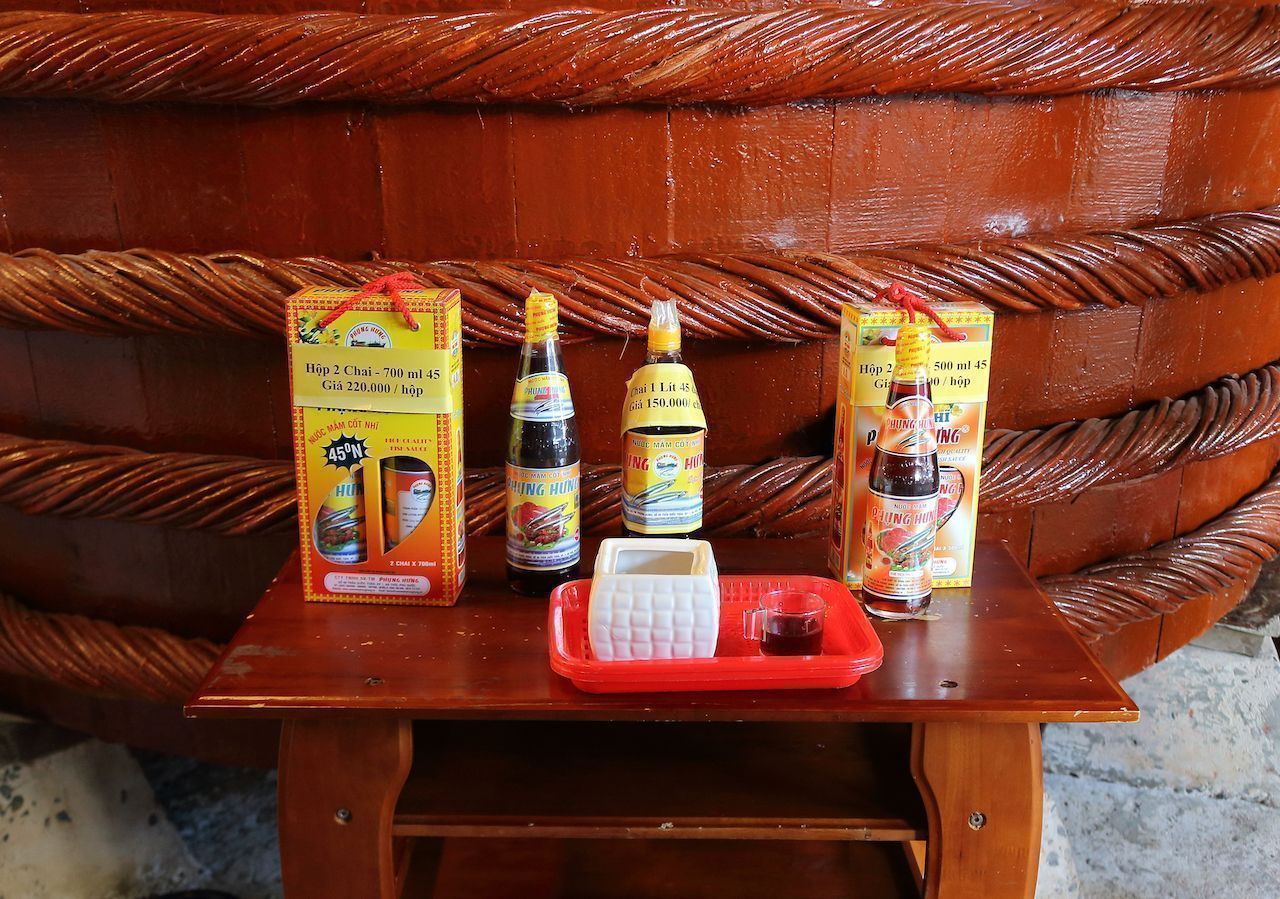Imagine a pastry so spectacular you can only find it in one city in the world. It’s stuffed with raisins and fluffy whipped cream, and topped with white poppy seeds that crackle with each bite.
If you’re on the hunt for this flawless dessert, there’s good news and bad news. The good news is it’s just as delicious as it sounds and worth every bite. The bad news is you’ll need to travel to Poznań, Poland, to try it. If you spot it elsewhere, it’s a long lost cousin at best. At worst you’ve found a poorly disguised knockoff with branding that violates the European Union’s quality scheme.





